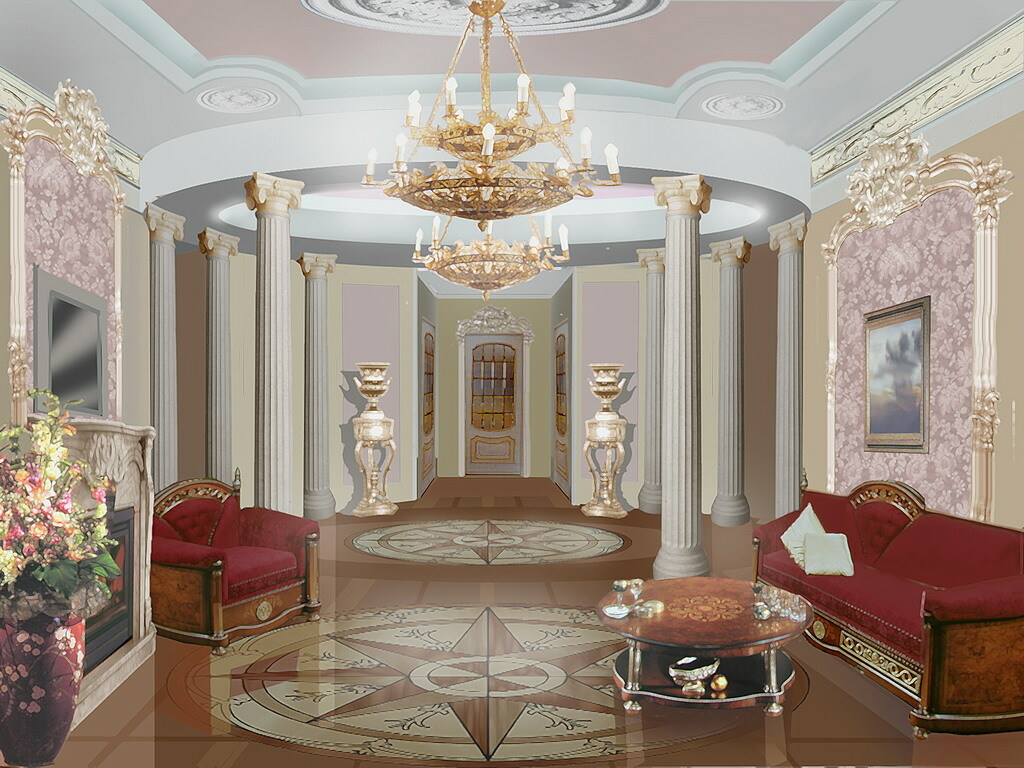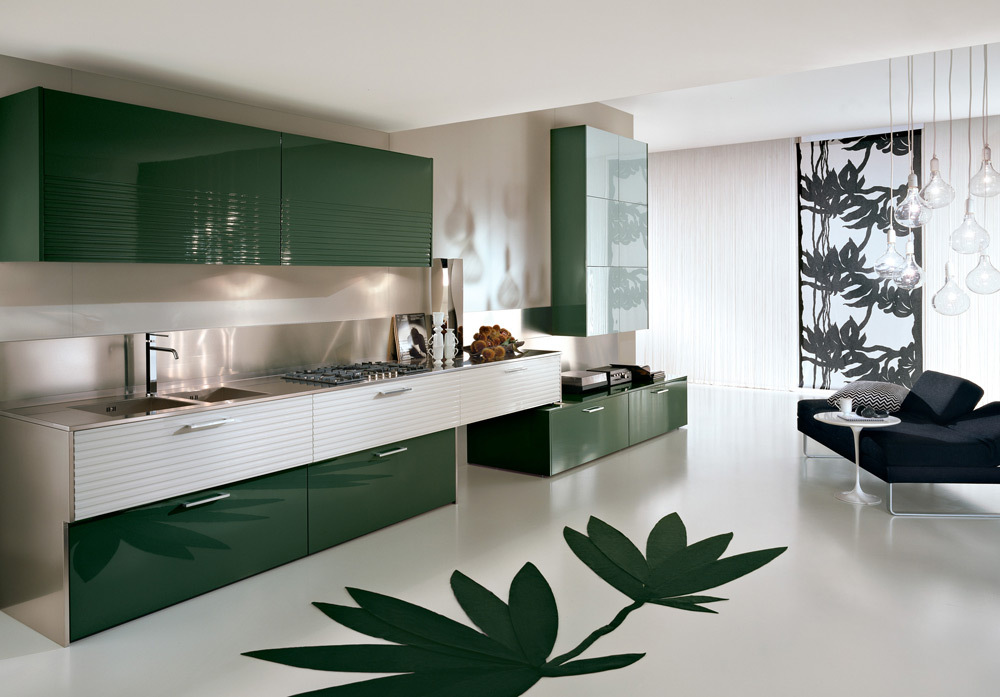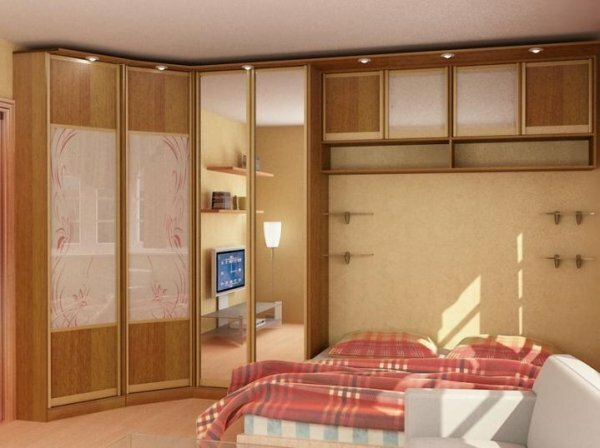Contents of
Contents of
- 1 Contents of
Contents of
- 1 Contents of
- 1 Selection of tile type depending on purpose
- 2 Basic method
- 3 In dressing
- 4 Combination of two or more colors
- 5 Diagonal way
- 6 Yelowka
- 7 Modular type of laying
- 7.1 Photopan or new word in design
- 8 Technology of laying tiles
Each owner of his own homestrives to make its design unique and unrepeatable. One of the most flexible means for realizing this is the tile. This finishing material not only has high strength, but also has a nice appearance. A lot of texture drawings and shades makes it possible to apply a wide variety of tile laying options, thus realizing your cherished dreams.

Options for laying tiles in the bathroom
Today there is a huge variety of tiles on sale, both in shape and color. Many companies even offer printing services of any image on it with a coating of high-strength glaze composition to give firmness and a bright shade. Mosaic tiles on the floor or wall will allow you to perform an exceptional design and beautifully trim any shape in the room.
Selecting the type of tile depending on the purpose of the
The large tiles have regular geometric shapes, which indicates the possibility of finishing only rooms with ideal parameters. The walls are straight and strictly perpendicular to the ceiling with the floor. For decoration of curved walls it is better to use a mosaic made of finely textured tiles. The small geometric dimensions of each fragment perfectly hide the unevenness of walls and other surfaces, creating a visual effect of ideal geometry.
The tiles can be laid as one-color and two-color, and multi-colored. Today, there is a huge variety on offer. Dark colors visually narrow the space, so it's better to decorate some fragments on a light background. The contrast of light and dark always created an incredible impression on others. If it is necessary to clearly distinguish between the floor and the walls, it is better to put a single-colored tile on the elements, as if dividing them, and highlighting on a general background.

Options for laying tiles
But besides the shade of an important component of the design are the ways of laying the tiles. They also exist in several varieties depending on its shape. We'll give the types of stacking from the simplest to the most complex:
- basic;
- dressing;
- diagonally;
- modular;
- alternating shades.
Basic method of
One of the simplest and cheapest schemes for laying tiles is basic. It involves placing all the seam elements in the seam, thereby highlighting the horizontal and vertical lines. Advantages of this type include a small amount of waste and ease of work. For perfectly flat geometry, it's enough to apply the marking, set the beacons and attach the cord.
The laying process does not change over the whole area. The basic method narrows the space, visually separating the boundaries between the elements of the room.

Basic method
For an ideal laying of this method of tiling, just align the walls and install along the perimeter of the beacon. Accurate adherence to geometric parameters and constant monitoring of the position of each tile by the level and angle will undoubtedly give an amazing result.
In the
bandage The type of tiling in the dressing is the same basic, only with a displacement of each subsequent row by ½ of the length of each fragment. This method, being relatively simple, will perfectly hide the nuances of the finest material, as well as some wall irregularities. You can also use the styling option with an offset of both 1/3 and ¼.This gives a dynamic effect of moving rows. This method requires the use of a square tile.
Combination of two or more colors

Combination of several colors
The tiles can be laid on walls and floors, alternating two or more colors. At the same time, both of the above options are perfect for the implementation of your plans. The contrast of black and white will create a visual similarity to the chessboard. This option today is very common and popular. Alternating colors can be used in the following way, creating a unique and unique design of the bathroom.
Diagonal method
This method of laying tiles is the most time consuming and technologically expensive. This is due to the fact that the horizontal and vertical docking lines of the tile are not perpendicular to the floor and ceiling, as with the base, but with an oblique angle of 450. This type visually expands the space due to the different direction of the profile lines. It is actively used in places where space is limited and it is required to visually expand it. But it is also important to consider the color of the finishing material.

Diagonal way of laying
The drawbacks of this type include a large amount of waste. Each edge of the tile is pruned at an angle of 450 to ensure the ideal placement of the subsequent. This must be taken into account at the stages of its purchase.
To achieve the ideal geometric parameters of the overall pattern, it is necessary that each individual piece of finishing material has the correct geometric dimensions. Otherwise, even deviations of 1-2 mm will lead to a distortion of the overall picture.
Widget from SocialMart
The diagonal type of laying can be applied for both the floor and the walls. Installation of the first rows will be equally complex, therefore, only experienced specialists should trust this work.
Herringbone
The way of laying tile with herringbone is not so common because of the special complexity of its implementation. The main condition for successful finishing is the ideal geometric similarity of the tile and, moreover, it must be a regular rectangular shape. Its length should be a multiple of the width. The laying process is similar to the installation of a parquet board on the floor. The work is very complex and requires excellent craftsmanship. In addition, the process of laying will generate a lot of waste. The total angle of laying the tiles to the walls in the room is 450. Here, when performing the installation, it is important to strictly observe it, otherwise there will be a distortion of geometry and damage to the overall picture. This method has been most widespread before, but today it is less popular.
Modular type of laying

Modular using large and small elements
The modular form of laying tiles is the most complex type, because it consists in assembling separate fragments consisting of several perfectly fitted elements. Composite composition is a single ready-made drawing, which can be located both in conjunction with other components, and individually. Tile selection for modular masonry follows from one series and from one manufacturer. Today, tiles are available for sale, specially designed for modular layout. On it there is a corresponding marking - module. Modular method can be used for both horizontal layout and for diagonal. As a rule, high contrast colors alternate - black and white, beige and dark brown.
Today, very often you can find a modular version of tiling in the kitchen above the work areas or in the bathroom. In general, this is the original way with which you can improve the mood of the interior space of the room.
Fotopanno, or a new word in the design of
Today, tiles with full-fledged photo printing on it are increasingly being used. There is already no one company that deals with printing on ceramics and coating it with a protective glaze layer. If necessary, they can order the printing of absolutely any image. In this case, the direction of the tile arrangement can be different.

Photopanel on the
tile
tile laying technologyBefore laying the tiles, carefully prepare the base. Old tiles, plaster and mortar residues must be removed and the surface cleaned of dust. If the roughing base is unreliable, remove the old screed.
It should be remembered that the least amount of problems when laying the tile will be on a flat surface. Therefore, it must be leveled.
This can be done by leveling screeds or leveling compound. In the first case, for laying the tile, the previously leveled surface must be treated with a deep penetration primer. With the use of leveling compounds, this can be omitted. For leveling of walls it is possible to apply preliminary plaster or moisture resistant gypsum cardboard.
After full drying of the base, you can start laying the tiles. But before that it is necessary to apply preliminary marking and to establish beacons. Installation starts from an even wall and continues to the opposite. See the detailed video on laying the tiles on the wall. See more tips and videos on laying tiles on the floor.
For quality bonding of tiles to the surface, the adhesive layer should be uniformly thick throughout the area. Apply it with a notched trowel, evenly spreading over the surface to be glued.
Next, the tiles are stacked relative to the marking line and carefully aligned. In the seam between two adjacent tiles, it is necessary to install calibration crosses. They will provide the same distance and excellent appearance of the whole picture as a whole.
You can use special wedge clamps to flatten the horizontal surface when laying tiles. They firmly pull two adjacent tiles to a single plane. After the glue is completely cured, these clamps are easily removed.
All the seams after laying the tiles must be carefully cleaned with a spatula, and after curing the glue, put a fugue in the tone of the finishing material. It will provide not only a pleasant appearance, but also an excellent protection against moisture, and, consequently, from the formation of mold. Quickly read the right amount of material will help our online calculators. Find out!how much you will need tiles on the floor, tile glue, grout.
- 1 Contents of


